Are Nimble and Business Agility the “same”? Part 2— Nimble vs Business Agility Enablers
Analysts Corner
OCTOBER 26, 2024
Similarities and differences between Nimble and the model of the 6 Business Agility Enablers The concept of a Nimble organization is still sometimes compared to the capability of having Business Agility. In a previous article , I compared the Nimble concept to the Business Agility model from the Business Agility Institute (BAI).



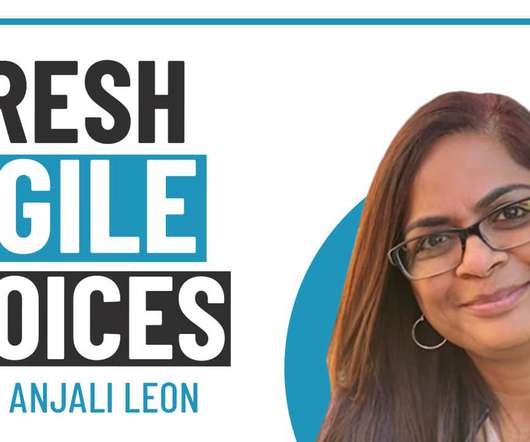

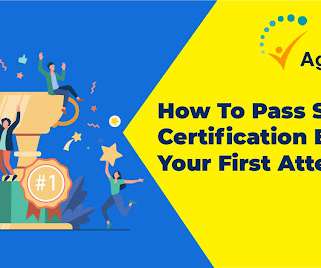
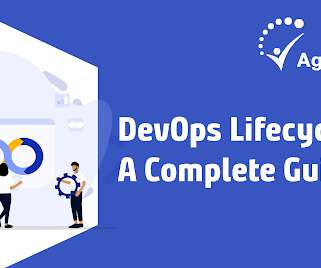

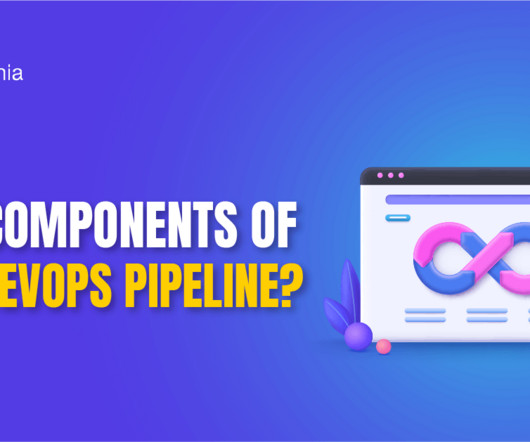

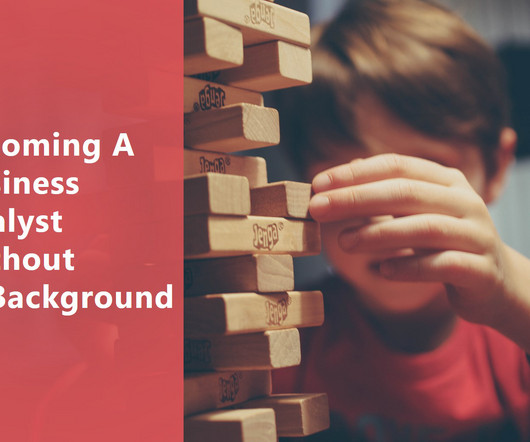







Let's personalize your content